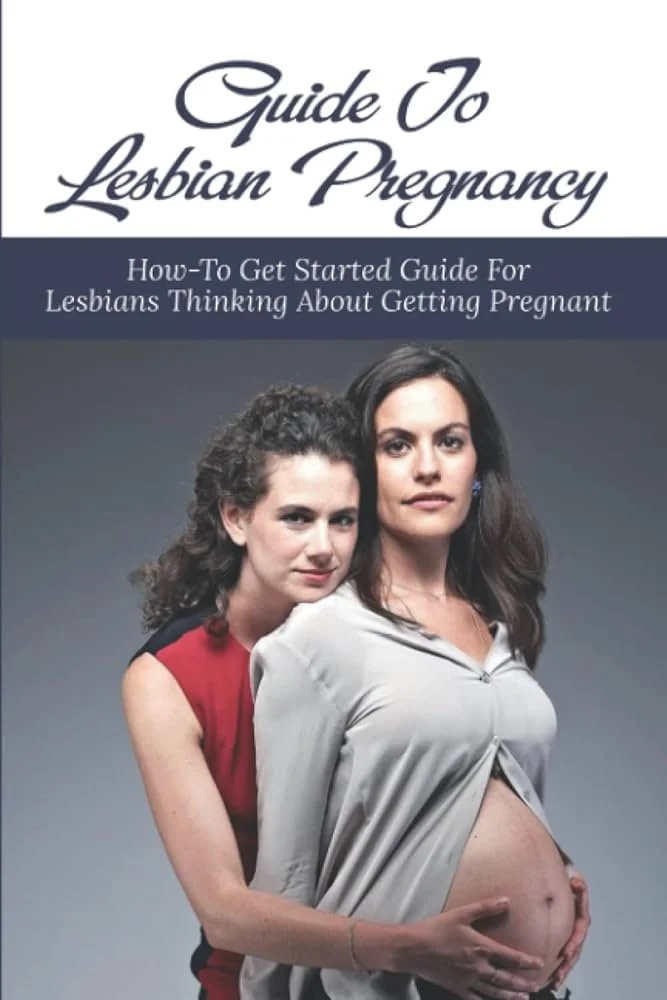Welcome to the Republic of Gilead, a chilling, dystopian theocratic realm crafted by Margaret Atwood that haunts our nightmares. This unsettling society serves as a cautionary tale of what could transpire if a patriarchal regime led by sexist, religious extremists were to seize power. I’m currently four episodes into Hulu’s adaptation of The Handmaid’s Tale, and I find myself captivated, perhaps because I enjoy being thoroughly unnerved in 57-minute intervals.
I adored the original book, and so far, the show has remained largely faithful to its storyline. However, it has modernized Offred’s world, incorporating references to things like Tinder and Uber. The unsettling premise is this: What if infertility in the U.S. escalated to such an extent that society began to unravel? And what if fanatical religious extremists took control? The outcome is horrifying, as both Atwood’s novel and the series depict.
The narrative is centered around Offred, a “handmaid,” a woman regarded as fertile. Her internal monologue starkly contrasts with the obedient facade she must maintain. During a walk with her assigned partner, she internally labels the woman as “a pious little jerk.” All handmaids have names that begin with “Of,” indicating ownership by the male commander they serve. In Offred’s case, her commander is named Fred. He and his wife cannot conceive, and the blame is assumed to lie with the wife—because men are never at fault. The theocratic government interprets the Bible literally, selectively choosing passages that suit their oppressive beliefs.
This scenario feels eerily familiar. For instance, the origin of the handmaid concept draws from Genesis 30:1-3, where Rachel offers her maid to Jacob in her desperation to have children. In the series, Offred, originally named June, had a college education, a career, a husband, and a young daughter. One day, she discovers that women can no longer hold jobs, and when attempting to access her bank account, she finds that only her husband or male relative can do so. Offred reflects, “That’s how we let it happen. Nothing changes instantaneously. In a gradually heating bathtub, you’d be boiled to death before you knew it.” Rights were gradually stripped away under the guise of national security and combating terrorism, while racism, sexism, and homophobia became widely accepted.
These changes were subtle yet toxic, possibly beginning with the election of a figure who openly disrespects women or through a health care bill that devalues them. The parallels to our current reality are impossible to ignore.
The series contains many unsettling scenes, and I would advise caution for those who have experienced sexual abuse. There are extreme acts of violence, punishments inflicted on the handmaids, and rape depicted in a disturbingly sanctimonious manner. One particularly harrowing scene portrays the “before” era, as people protest for their rights, only to be met with forceful violence from law enforcement. I couldn’t help but recall my own experience at a women’s rights march, passing by impassive police officers. How thin is the line before our government decides we no longer have rights? What if protests became illegal?
While this is a fictional narrative, it resonates deeply given that the world of The Handmaid’s Tale amplifies intolerance. Racism, homophobia, and misogyny fuel this new society, and this too rings alarmingly true in our present climate. Offred’s ultimate goal is to reclaim her child, and her journey illustrates the lengths a mother will go for her offspring.
The main takeaway from these first four episodes? Intolerance and misguided fears can lead to devastating realities. And yes, mothers are incredibly resilient, but we already knew that.
For those looking for further insights into issues surrounding infertility and home insemination, check out this excellent resource: Women’s Health on Infertility. If you’re interested in more information about home insemination kits, visit Make a Mom. For a deeper dive into self-insemination techniques, you can explore this post on intracervical insemination.
In summary, ‘The Handmaid’s Tale’ serves as a stark reminder of the dangers of intolerance and the importance of fighting for our rights.
